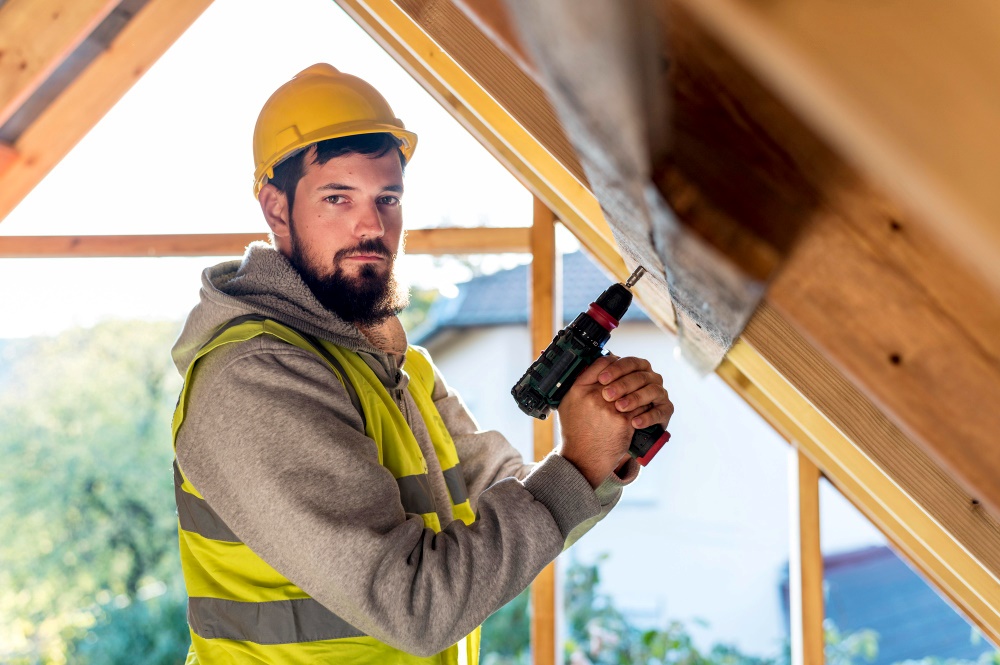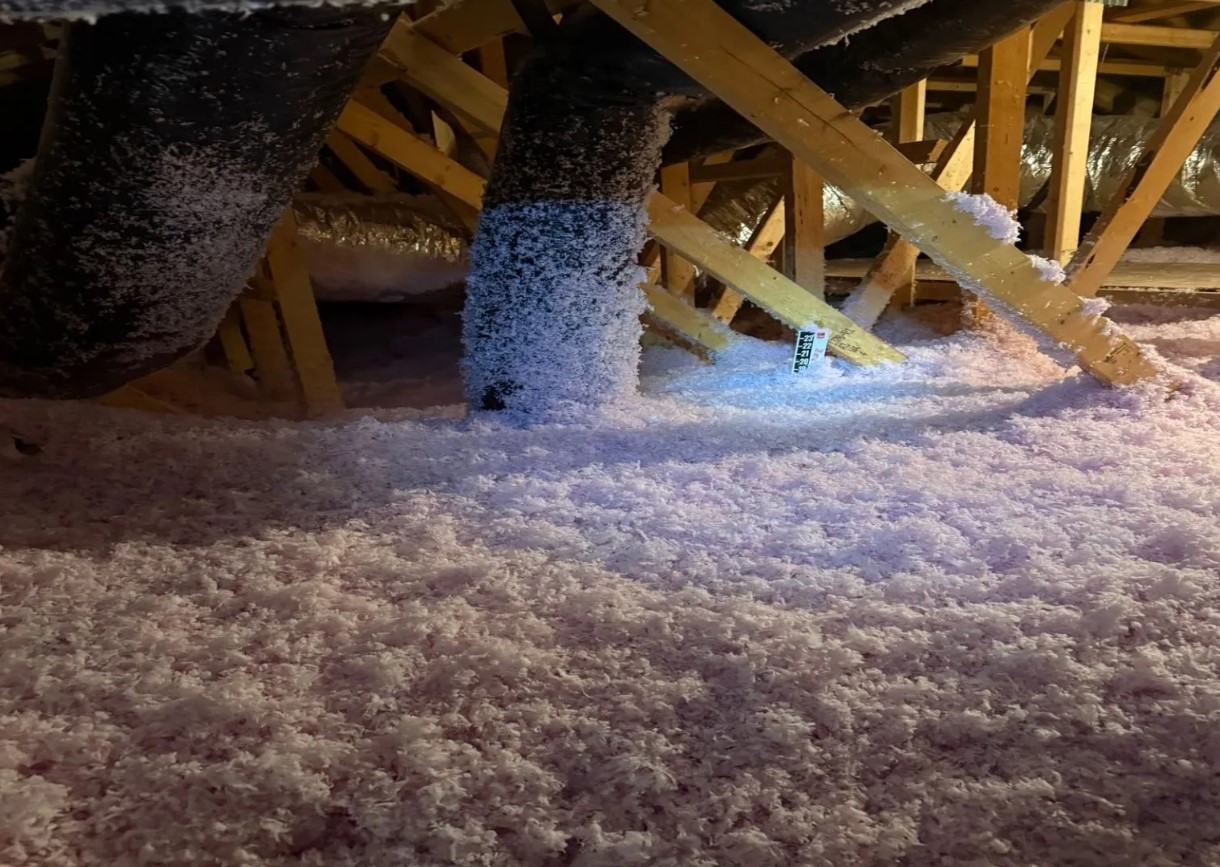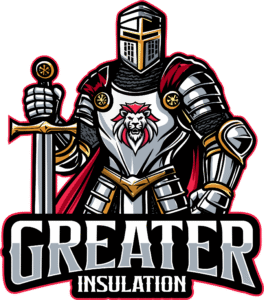Choose an expert home insulation contractor in Phoenix, AZ with proven results. Get better comfort, energy savings, and long-term protection.

If you live in the Valley, you already know: Phoenix heat doesn’t play fair. The right insulation is how you level the field—lowering AC run-time, smoothing out room-to-room temperatures, and stopping that 4 p.m. heat-soak that makes your thermostat cry. This guide explains exactly how a true expert home insulation contractor in Phoenix, AZ approaches comfort and efficiency—what services matter, which R-values make sense here, and how to capture local rebates and federal tax credits. Along the way, I’ll draw on Greater Insulation’s published service details so you can see what an evidence-based, Arizona-tuned approach looks like in practice.
Why insulation in Phoenix is different
Phoenix sits in Climate Zone 2, which changes the target you’re aiming for. In hot-dry climates like ours, the attic is the #1 battleground—most of your summer gains come from getting attic insulation and air-leak control right. Energy guidance commonly targets about R-38 at the attic level for our zone; going far beyond that hits diminishing returns.
What does that mean?
- R-value is simply resistance to heat flow—the higher the number, the better the thermal “brakes.”
- For Phoenix, R-38 is typically the cost-effective sweet spot in an attic. If your home is sitting at R-19 or less (common in older builds), you’re paying for it every summer.
Target the insulation level and the air leaks. Insulation without air sealing is a bit like wearing a winter coat with the zipper open. That’s why a true expert home insulation contractor in Phoenix, AZ pairs air sealing with insulation in one scope.
What a top Phoenix insulation contractor actually does
A top expert home insulation contractor in Phoenix, AZ won’t just quote inches; they’ll inspect, measure, and prioritize with thermal imaging—to find where your home is bleeding cool air. Greater Insulation, for example, highlights in-home insulation assessments that include attic R-value checks, thermal imaging to spot leaks, and moisture/pest scans, followed by a custom, plain-language plan. They even advertise a free thermal camera inspection as part of their intake.
They also publish standard service pillars you can use as a checklist when you’re vetting any contractor:
- Blown-in insulation (attic focus), with R-value upgrades typically ranging R-19 to R-44 depending on budget, goals, and space.
- Spray foam insulation (open-cell or closed-cell), when air-tightness and durable moisture control are the priorities (e.g., ducts in the attic, hot walls, bonus rooms).
- Safe insulation removal when the old stuff is wet, moldy, pest-damaged, or just underperforming. (Don’t bury problems—remove, clean, then rebuild correctly.)
- Licensed, local, and available, with published office hours 6:00 a.m.–6:00 p.m., 7 days/week, and License #352352 on the site—exactly the transparency you want to see. Always verify that your expert home insulation contractor in Phoenix, AZ is licensed and insured.
Services that move the needle in our climate
1) Blown-in attic insulation (your fastest comfort win)
In Phoenix, a properly topped-up attic is often the best dollar-for-dollar upgrade. Blown-in fiberglass or cellulose fills irregular voids and can be installed over much of what you’ve got (assuming it’s clean/dry/healthy). Greater Insulation emphasizes upgrades in the R-19 to R-44 range, which aligns with the R-38 target for Zone 2 (R-44 gives you extra buffer above code-typical levels). Expect smoother temps across rooms and fewer AC cycles.
When to choose it:
- You want quick payback and noticeable comfort changes.
- Your attic is easy to access; your existing insulation is simply too low or settled.
- You plan to layer in air sealing at the same visit.
What you’ll notice:
- Even temps between the sunny front room and shaded bedrooms, lower bills, and less dust intrusion (because dense fill helps block bypasses).
2) Spray foam (the air-sealing champ)
If the goal is a tight thermal envelope—say, you’ve got leaky ductwork in a scorching attic—spray foam shines. Properly applied open-cell or closed-cell foam expands to fill cracks and seams, forming an air- and moisture-resistant barrier. Greater Insulation notes they use high-quality open- and closed-cell foams and are licensed/insured for clean, safe application—a must for any foam job.
When to choose it:
- Your home has hard-to-seal assemblies (knee walls, chaseways, vaulted ceilings).
- You’re tackling duct sealing/encapsulation or converting the attic to a semi-conditioned space.
- You want long-term durability and maximum air-tightness.
3) Insulation removal (don’t bury problems)
If your attic smells musty, shows water staining, or you’ve seen “uninvited tenants,” removal is step one. Professional crews use vac systems, PPE, and containment to avoid spreading contaminants into the house, then rebuild with the right material and R-value. Greater Insulation details removal for attics, walls, and crawl spaces and calls out mold/pest conditions as clear triggers.
4) In-home insulation assessments (with thermal imaging)
The inspection is where value is created: mapping where your envelope leaks matters more than adding inches blindly. Assessment checklists commonly include attic depth/R-value confirmation, thermal imaging to spot bypasses, and clear next steps prioritized by ROI. A thorough assessment by an expert home insulation contractor in Phoenix, AZ maps the leaks before a single bag of insulation goes in.

What R-value should you target in Phoenix?
Most expert home insulation contractor in Phoenix, AZ recommendations land at R-38 for cost-effective performance in Climate Zone 2.. That’s consistent with Arizona code guidance (2018 IECC locally adopted) and national R-value guidance tables. If you have space and budget, R-44 provides cushion above minimums, but blasting up to ultra-high levels rarely pays back here.
Rough feel: For fiberglass or cellulose, R-38 lands around 10–14 inches depending on the product; for foam, fewer inches can achieve the same R due to higher per-inch performance. (Your contractor will size this precisely.)
How much can insulation actually save you?
You’ll see a wide range quoted online. Greater Insulation’s “Why Insulation” page cites 20–30% bill reductions in many homes after upgrades; ENERGY STAR more conservatively notes around 10% heating/cooling savings from proper sealing/insulation. Reality depends on your starting point (old R-11 vs. near-code), air leakage, duct losses, and AC efficiency. Expect your contractor to model realistic scenarios after the assessment.
The Greater Insulation approach (what to expect start-to-finish)
- Discovery & instant pricing: If you already know your square footage and target R-value, Greater Insulation offers transparent per-square-foot pricing and “book online” options. If you’re unsure, they encourage a free phone or in-home consultation—the right move if you suspect air-leak issues.
- Assessment with thermal imaging: Techs verify current R-value, scan for bypasses (can lights, chaseways, top plates), check for moisture or pests, and prioritize fixes. Deliverable = a clear plan ranked by impact and cost.
- Scope & scheduling: You’ll choose between blown-in (fast, cost-effective) or spray foam (maximum sealing/durability), or do removal + rebuild if the old material is compromised. They service Phoenix, Mesa, Scottsdale, Chandler, Queen Creek, and Apache Junction and publish 6:00 a.m.–6:00 p.m., 7-days availability.
- Clean installation: Licensed crews install to the specified depth/density, detail around truss heels and hatches, and clean up. Foam projects use open- or closed-cell as appropriate, applied with industry-standard safety protocols.
- Paperwork & savings: You’ll receive documentation supporting SRP/APS rebates and 25C tax credits (keep it with your receipts). Expect comfort differences immediately; bill savings show up with the next one or two utility cycles.
Blown-in vs. spray foam: how to choose for Phoenix
Choose blown-in when you want the fastest route to R-38 in an accessible attic at the lowest installed cost. It’s perfect for topping up low, settled insulation to modern levels.
Choose spray foam when air-tightness is the pain point: ducts in the attic, hard-to-seal assemblies, or recurring dust/hot-room issues. Foam’s expanding seal cuts infiltration dramatically and can protect against moisture and pests. It costs more per square foot but can solve problems insulation alone won’t.
Many Valley homes get best results when an expert home insulation contractor in Phoenix, AZ seals the worst leaks, then tops up to R-38..
When insulation removal is the right first step
You shouldn’t bury wet, moldy, rodent-damaged, or smoke-contaminated insulation. That’s how you lock in odors and health issues. Professional removal uses HEPA vacs and containment; once the deck is clean and dry, you rebuild to R-38 with proper air-sealing. Greater Insulation explicitly calls out these scenarios and performs removal across attics, walls, and crawl spaces. This is exactly where an expert home insulation contractor in Phoenix, AZ protects indoor air quality while prepping for new insulation
FAQs
How long does a typical attic upgrade take?
Most blown-in projects are same-day for average-size homes; removal + rebuild or foam projects can run longer. (Your timeline depends on square footage, access, and whether removal is required.) Greater Insulation notes fast, professional installation as part of their standard workflow.
Will I actually feel a difference?
Yes—especially across the late-afternoon “hot room” problem. Expect more even temps and fewer AC cycles in peak hours once the attic is at or near R-38 and major leaks are sealed. Savings vary by starting condition; national guidance puts a conservative ~10% on heating/cooling bills for proper sealing/insulation, and many Phoenix homes see more if they started well below code.
Do Phoenix rebates and the federal credit stack?
Utility rebates (SRP/APS) can reduce your out-of-pocket cost; the 25C federal credit then lets you claim 30% of eligible costs (materials for insulation), up to $1,200/year, plus up to $150 for an energy audit. Keep invoices and documentation.
What if I plan to sell—does insulation still make sense?
Yes. A cooler, quieter home with even temps shows better and flags fewer inspection issues (like low R-value attics). Many upgrades qualify for rebates/credits right now, improving ROI.
How do I know the contractor is legit?
Look for published license info, office hours, and service areas—and insist on written scopes that include R-value targets and air-sealing details. Greater Insulation lists License #352352, 6:00 a.m.–6:00 p.m. daily availability, and Phoenix-metro coverage (Phoenix, Mesa, Scottsdale, Chandler, Queen Creek, Apache Junction).
Why Greater Insulation is a strong fit (and what sets them apart)
- Local specialization: Every line of their site reads “Phoenix-metro first.” They serve Phoenix, Mesa, Scottsdale, Chandler, Queen Creek, Apache Junction and tailor scopes to Arizona’s desert climate.
- Full stack of services: Blown-in, spray foam, removal, assessments—so you’re not being shoehorned into one method.
- Documented quality & volume: They note hundreds of spray-foam projects, licensed installers, and durable foams resistant to settling, mold, and pests.
- Transparency: Instant pricing if you know your square footage/R-value and free consults if you don’t; they also publish License #352352 and 7-day availability.
- Rebate- and credit-aware: Their “Why Insulation” page explicitly calls out the 25C federal credit (up to $1,200)—that’s the mindset you want: plan the job to qualify for incentives.
Final thoughts
Insulation isn’t glamorous, but in Phoenix it’s one of the highest-ROI upgrades you can make. The combination of attic R-38, serious air-sealing, and smart material choices (blown-in for coverage; foam where it counts) delivers a cooler home, lower bills, and less HVAC wear. A contractor that leads with assessment, transparency, and incentive know-how will save you money twice—on day one and every summer thereafter. Greater Insulation checks those boxes and makes it easy to start with instant pricing, free consults, and clearly published credentials and availability.
If you want faster comfort and lower bills, start with an expert home insulation contractor in Phoenix, AZ and a right-sized plan
Quick contact & service area snapshot
- Phone: (623) 343-7506
- Hours: 6:00 a.m.–6:00 p.m., 7 days/week
- Service areas: Phoenix, Mesa, Scottsdale, Chandler, Queen Creek, Apache Junction
- License: #352352
Call now to consult an expert home insulation contractor in Phoenix, AZ about your attic.
